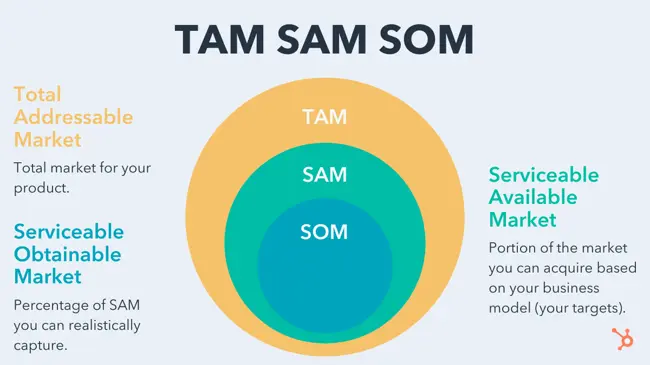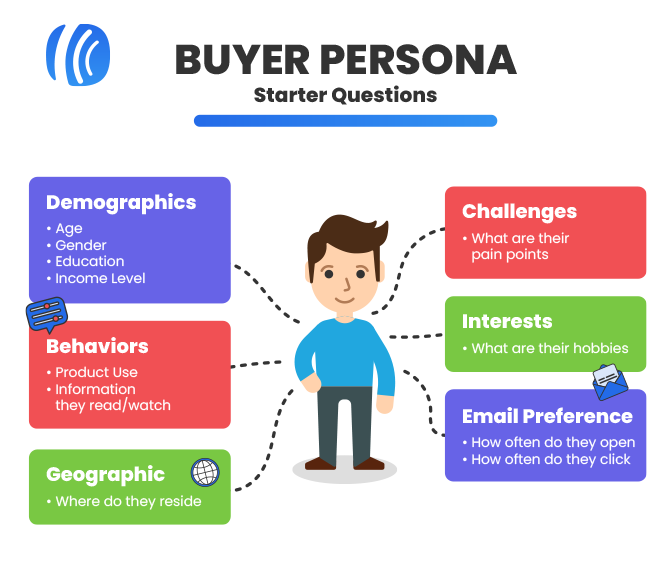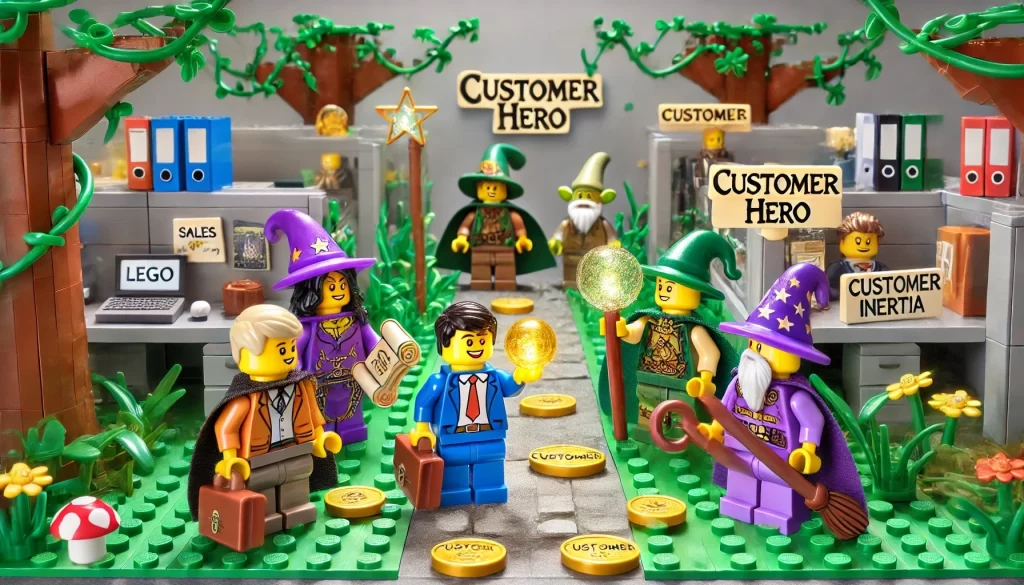Campaign planning
Sales don’t just happen. In a digital age, where information and comparison tools are at your fingertips, the buyer is very much in command of any purchasing process. Now, more than ever, the seller has to work hard to create a compelling sales proposition which is tailored to client needs AND sufficiently differentiated from the competitor product or service.
As discussed last week, an effective sales campaign requires a combination of marketing, Subject Matter Expertise (SME), business development and sales skills to generate revenue. Historically, professional services firms have concentrated too much on the awareness end of the sales funnel, piling time and resources into content led marketing initiatives with no clear line of sight to sales and revenue. They have neglected the bottom half of the funnel, resulting in leads being neglected or lost, conversion rates being lower and ultimately, revenue levels being lower than hoped for.
Over the next five weeks, Three Things is going to break down each stage of the sales funnel and provide our thoughts, ideas and suggestions on ways in which you can turn your existing campaigns into effective revenue generation powerhouses. Let’s start at the beginning with campaign preparation. Enjoy.
#1. Addressable Market
To understand the revenue potential of your product or service, spend some time working out your TAR, SAM and SOM. No, it’s not a Vietnamese dish. If these acronyms are new to you, the diagram below and descriptions here will help (thanks Hubspot).
Most professional services firms we work with market to their own CRM database (always, in our experience, patchy from a data perspective), which is likely to represent only a fraction of the SOM. As you can see, firms are missing out on significant revenue opportunities if they narrow their focus to their existing client contacts. Channels such as Google and LinkedIn are opening up huge markets via digital advertising and firms should lean into these channels to broaden their marketing activities.

#2. Buyer Persona
When I was first asked to create a buyer persona by the marketing team, I rolled my eyes and thought “What a waste of time”. I was wrong. Buyer personas are a critical tool in ensuring that your sales and marketing messages speak directly to your potential customers. A buyer persona need not be a long, drawn out process. However, the process itself should result in a very clear and tangible picture of who your buyer is, what job they do, where they are located, how best to communicate with them and, importantly, how the product or service you are providing will help to solve their problem(s). The buyer persona is a live document that is constantly refined and updated based on experiences with your target customers.
The team at AWeber have pulled together some great tips on building simple buyer personas, summarised well in the diagram below.

#3. Market Testing
A guaranteed mechanism for your new product or service to spectacularly fail is to launch it to your target market without having first enlisted some feedback from a market testing exercise. Marketing testing is a fantastic opportunity to test your proposition with longstanding, friendly clients and, done well, can strengthen your client relationships whilst also creating some pre-launch interest in the offering. Additional features and ideas may also be generated during this phase which have not previously been considered. Service features, pricing structure, marketing approach (packaging) are all areas that can be reviewed in the market testing phase. For certain types of product or service, focus groups can also be established to gain feedback on the offering and what resonates most from the proposition. When conducting your market testing exercise, ensure you also review your buyer persona and refine where appropriate to focus your launch activities.





